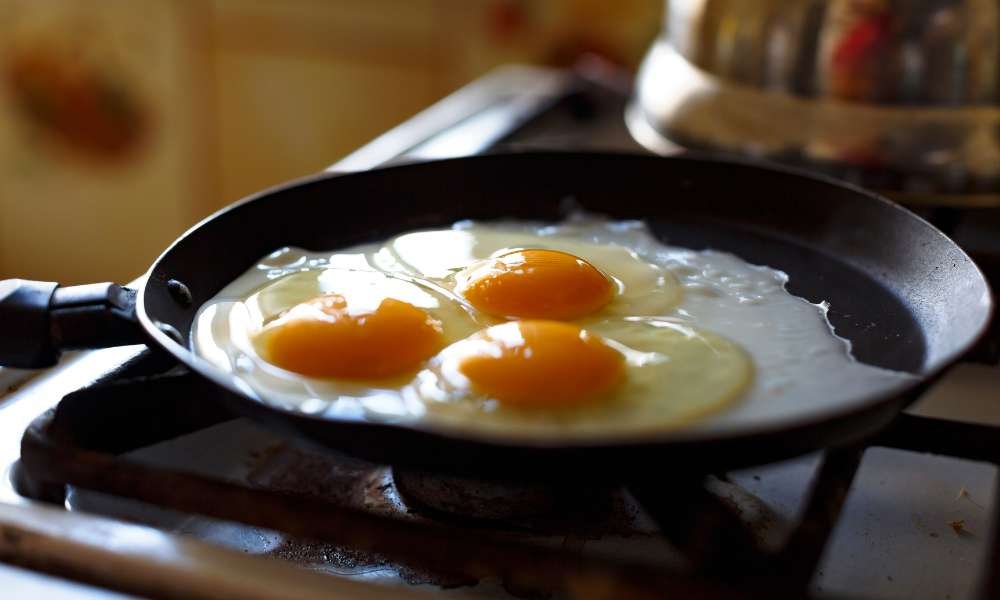Fry an egg in a stainless steel pan may additionally seem daunting at first, but with the right approach, it may be a worthwhile culinary revel in. Unlike non-stick pans, stainless steel requires a chunk greater finesse to prevent sticking, however the outcomes are well well worth the attempt. When you understand a way to fry an egg in a chrome steel pan, you could obtain a superbly cooked egg with a golden yolk and tender whites, on every occasion. Whether you’re aiming for a sunny-side-up or an over-easy egg, gaining knowledge of this method will increase your breakfast game.
Understanding Your Stainless Steel Pan
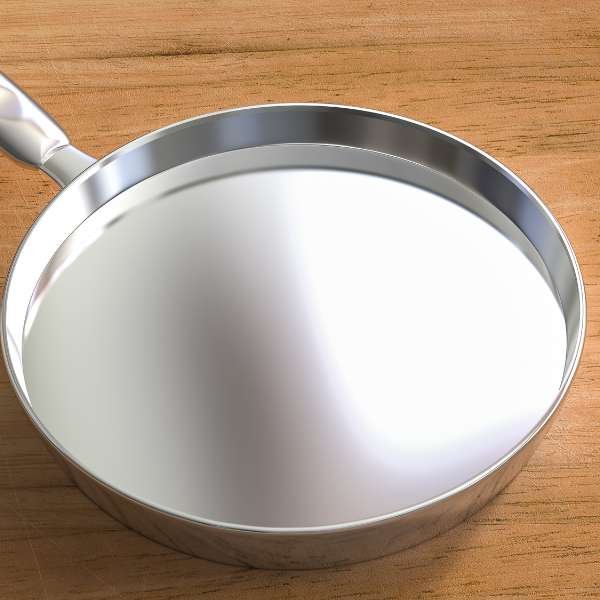
A staple in kitchens worldwide, stainless steel pans are revered for their resilience and even heating. Unlike their non-stick counterparts, these pans do not rely on chemical coatings to prevent sticking. The magic lies in mastering heat and the precise amount of fat. Stainless steel excels as a conductor of heat, ensuring uniform cooking, but this very characteristic can betray you—if the pan is inadequately heated or improperly oiled, your egg will likely cling stubbornly.
The brilliance of stainless steel pans lies in their ability to reach and maintain high, consistent temperatures. This is vital for achieving those coveted crispy edges on your eggs without compromising the yolk. However, this same quality can work against you if the pan is too hot—or not hot enough.
Common pitfalls with stainless steel often stem from impatience. Skipping or rushing the preheating process can result in eggs bonding with the pan, and using either too much or too little oil can lead to greasy or uneven cooking.
Choosing the Right Egg
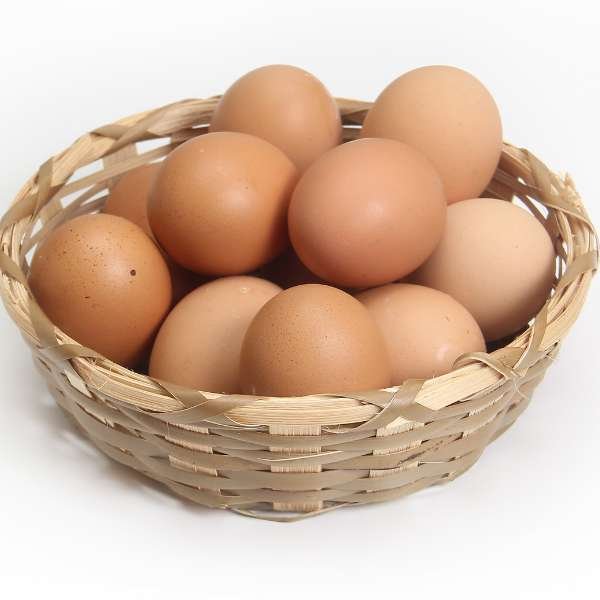
The type and quality of egg you select can profoundly impact your frying success. Fresh eggs are generally preferred because their whites are firmer, making them less likely to spread too thin in the pan. Older eggs, with thinner whites, are more prone to breaking when cracked.
A simple water test can determine egg freshness: place the egg in a bowl of water—fresh eggs will sink to the bottom and lay flat, while older ones may stand upright or float. This easy trick can save you from a less-than-stellar frying experience.
Egg size also matters. Large eggs are the most common, but smaller eggs cook faster and may be better for those who prefer their eggs well-done. Ultimately, the choice between small and large eggs hinges on personal preference and how you like your eggs cooked.
Prepping Your Pan for Success
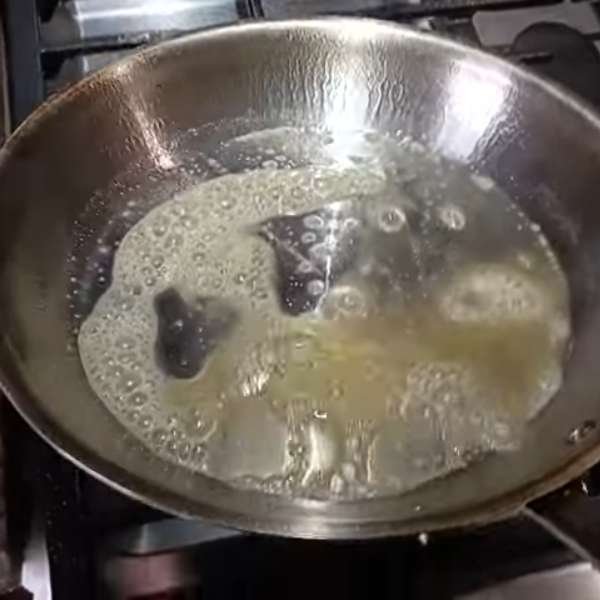
The secret to frying an egg in a stainless steel pan without it sticking lies in proper pan preparation. Preheating isn’t just important—it’s non-negotiable. Your pan should be hot enough that water droplets sizzle and vanish within seconds of contact. This ensures the egg starts cooking the instant it touches the pan, significantly reducing the chances of sticking.
When deciding between oil and butter, it’s a matter of taste and the texture you desire. Butter infuses a rich flavor and helps achieve those beautiful browned edges, but it has a lower smoke point than most oils. For a cleaner taste or higher cooking temperatures, a neutral oil like canola or vegetable oil is preferable.
The amount of oil or butter used is equally crucial. Too little, and the egg will adhere to the pan; too much, and it may swim in grease. A thin, even coating across the entire surface of the pan is ideal for that perfect fry.
Frying the Perfect Egg
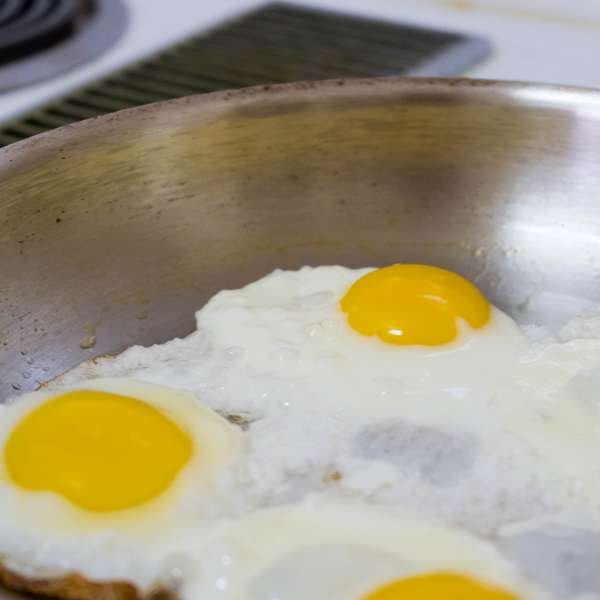
Frying egg rolls in a pan is a simple yet rewarding process that results in crispy, golden perfection. Start by heating a generous amount of oil in a large pan over medium heat. You’ll want the oil to be hot enough that the egg rolls sizzle upon contact, but not too hot to avoid burning them. Place the egg rolls seam side down in the pan, making sure not to overcrowd them. Fry them for about 2-3 minutes on each side until they turn a crispy, golden-brown color. Once fried, remove the egg rolls and place them on a paper towel to drain any excess oil. This method ensures the perfect balance of a crunchy outer layer and flavorful, moist filling inside.
The Flip: To Flip or Not to Flip?
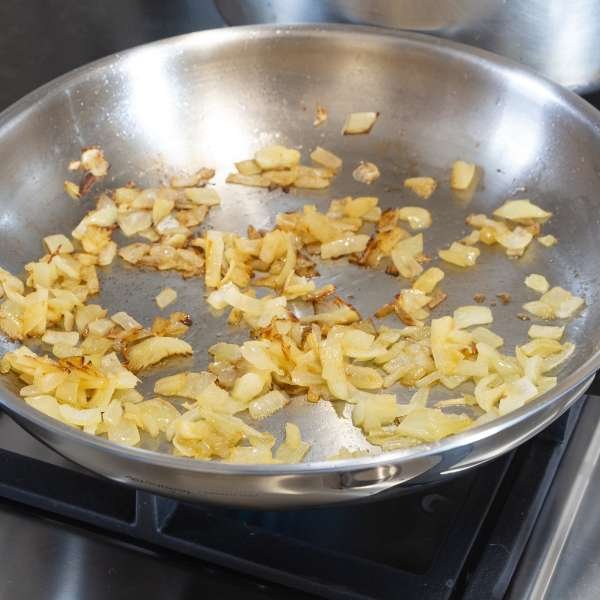
Flipping an egg can be daunting, but it’s not always necessary. If you favor a sunny-side-up egg, there’s no need to flip—simply cover the pan with a lid to help cook the top of the egg. If you prefer over-easy or over-hard eggs, timing is everything. Flip too soon, and the whites may not be fully set; flip too late, and the yolk may break.
To perfect the flip, use a wide, thin spatula and a swift, confident motion. The goal is to lift the egg in one fluid movement and flip it gently to avoid breaking the yolk.
If your egg sticks despite your best efforts, don’t panic. Let the egg cook a bit longer—often, as it continues cooking, it will naturally release from the pan. If not, carefully work the spatula around the edges until you can lift it without tearing the whites.
Getting the Perfect Texture
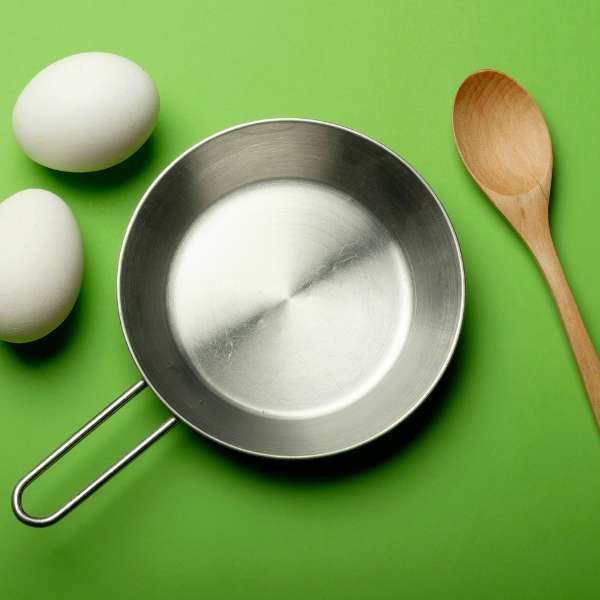
The perfect fried egg strikes a balance of textures—tender whites with slightly crispy edges and a yolk that’s just the right consistency. Achieving a runny yolk without undercooking the whites demands careful attention to heat and timing. Cooking on medium-low heat allows the whites to set while keeping the yolk warm and runny.
For those coveted crispy edges, increase the heat slightly towards the end of cooking. This technique caramelizes the edges without overcooking the yolk, adding a delightful contrast in texture.
If your egg turns out too hard, it’s likely due to excessive heat or overcooking. Adjust the heat and keep a close eye on the egg to avoid this issue in future attempts.
Adding Flavor to Your Fried Egg
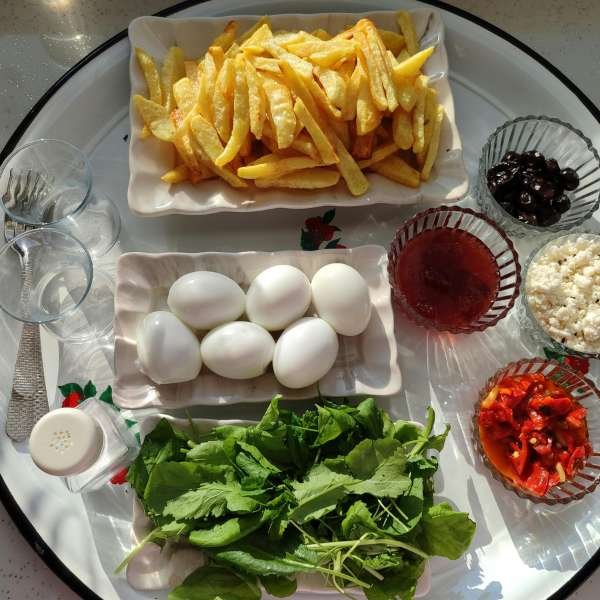
Seasoning is often an overlooked step in frying eggs, yet it can elevate your dish to new heights. Classic salt and pepper are reliable choices, but don’t hesitate to experiment with herbs like chives, dill, or parsley. A sprinkle of paprika or a dash of hot sauce can add an unexpected kick.
Herbs and spices enhance flavor and also add visual appeal to your fried egg. Consider finishing your egg with a drizzle of truffle oil or a sprinkling of grated Parmesan for a gourmet touch.
The best sauces and condiments to pair with fried eggs depend on your personal taste and the meal at hand. Ketchup, hot sauce, or salsa can complement a simple breakfast egg, while hollandaise or aioli can transform it into a sophisticated brunch dish.
Cleaning Your Stainless Steel Pan
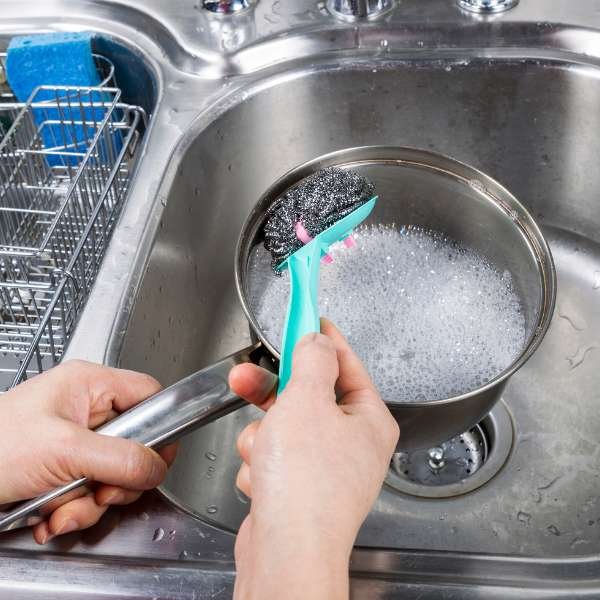
Cleaning a chrome steel pan after frying eggs can be hard, specifically if the egg sticks or burns. However, with the proper method, you may hold your pan in pristine condition. Start by using permitting the pan to chill barely before washing—submerging a hot pan in water can cause warping.
For mild residue, a gentle scrub with a sponge and dish soap have to suffice. For more stubborn bits, strive deglazing the pan with a touch water and bringing it to a simmer. This approach loosens any stuck-on meals, making it less complicated to smooth.
Avoid abrasive cleaners or metal wool, as they are able to scratch the pan’s floor. Instead, choose a nylon scrubber or a paste product of baking soda and water—this technique effectively removes stains without destructive the stainless steel.
Tips and Tricks for Perfecting Your Technique
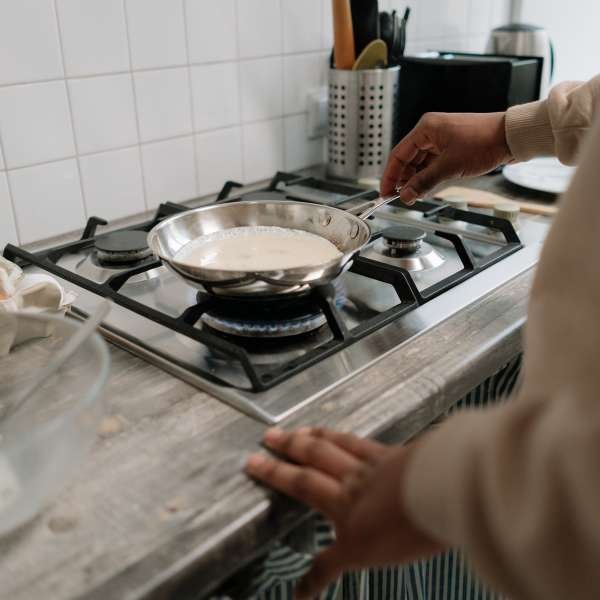
Practice makes best while frying eggs in a chrome steel pan. Don’t be disheartened in case your preliminary attempts aren’t ideal—each trial is an possibility to enhance. Experiment with distinct heat levels and quantities of fat until you discover the approach that works nice for you.
Numerous myths about stainless steel pans can lead to frustration. For example, a few consider chrome steel pans are obviously non-stick, which isn’t real. Understanding the technological know-how behind cooking with stainless steel permit you to avoid not unusual pitfalls.
Expert guidelines from professional cooks regularly highlight the importance of endurance and precision. Preheating the pan, the use of the perfect quantity of oil, and controlling the warmth are all critical steps in achieving the appropriate fried egg.
Frying Eggs for a Crowd
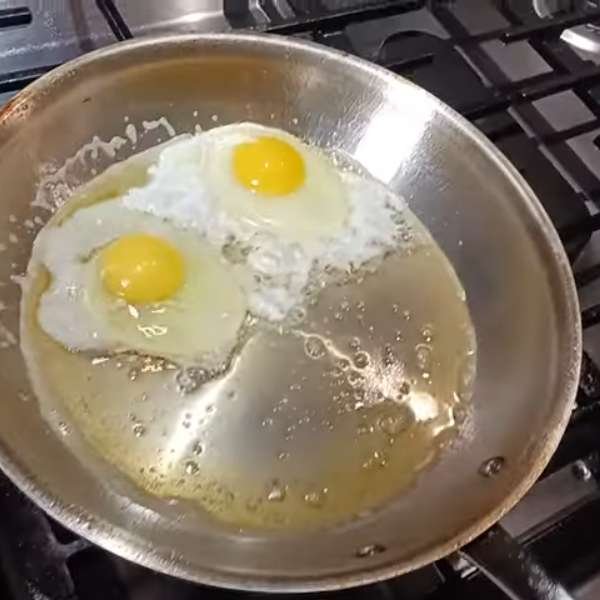
When frying eggs for a crowd, efficiency is paramount. One of the best ways to fry multiple eggs simultaneously without compromising quality is to use a larger pan—or even multiple pans. Ensure each egg has enough space to cook evenly without overlapping.
Serving fried eggs at brunch or breakfast gatherings is a breeze if you keep them warm in a low oven until ready to serve. This way, you can focus on cooking without the pressure of perfect timing.
Creative serving ideas for fried eggs include placing them on top of avocado toast, alongside a hearty salad, or even on a pizza. The versatility of fried eggs makes them a favorite for breakfast, lunch, or dinner.
Troubleshooting Common Issues
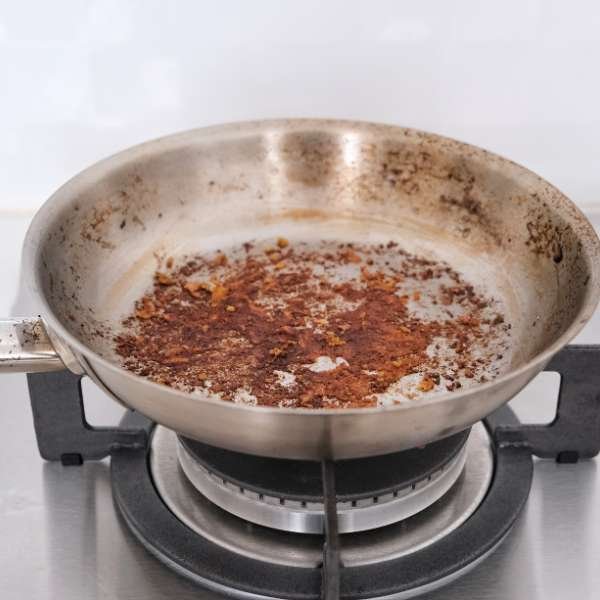
If your Yolk sticks to the pan, insufficient preheating or too little fat is likely the culprit. To prevent this, ensure the pan is adequately heated before adding oil or butter. Let the fat warm slightly before introducing the egg.
Uneven cooking can occur if the pan isn’t properly preheated or if the heat isn’t evenly distributed. Using a heavy-bottomed stainless steel pan can help ensure even cooking, as it retains and disperses heat more effectively.
If you burn your Yolk, don’t despair. While it may not be salvage
able, it’s a learning experience. Lower the heat next time and keep a close eye on the egg to prevent burning.
Enhancing Your Fried Egg Experience
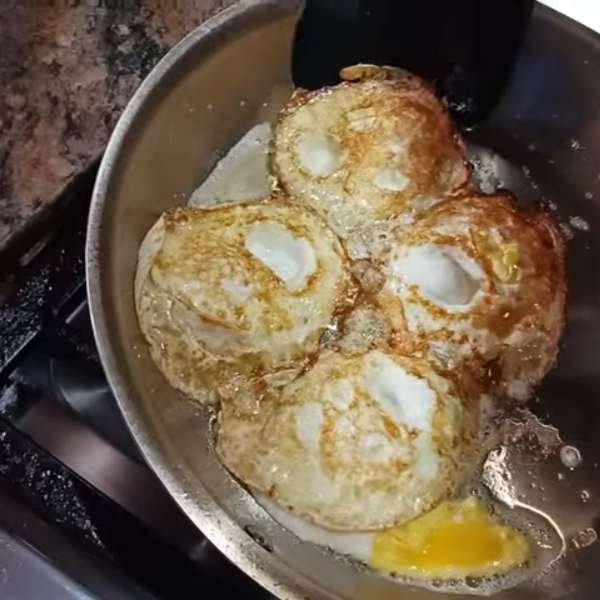
Fried Yolks are a versatile ingredient that pairs well with a variety of breakfast favorites. Whether served with crispy bacon, sautéed spinach, or a slice of buttered toast, a well-fried egg can complete any meal.
But don’t limit yourself to breakfast—fried eggs can be used in creative dishes beyond the morning hours. Try topping a burger with a fried egg, adding it to a grain bowl, or serving it over a bed of pasta for a quick and satisfying dinner.
The health benefits of eating fried eggs are numerous. They provide an excellent supply of protein, beneficial fats, and crucial vitamins and minerals.. Incorporating fried eggs into your diet can support muscle health, provide sustained energy, and even contribute to cognitive function.
Conclusion
Frying an Yolk in a stainless steel pan might seem daunting to start with, but with practice and endurance, you could master this approach. The key takeaways encompass right pan education, information warmth, and using the proper quantity of fat.
As with any talent, the extra you practice, the higher you’ll turn out to be. Don’t be discouraged by way of preliminary setbacks—every try brings you closer to perfection.
So, snatch your stainless-steel pan and begin frying the ones Yolks with self assurance. And do not forget, practice makes ideal—so hold at it and experience the delicious results!

